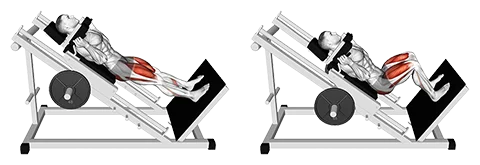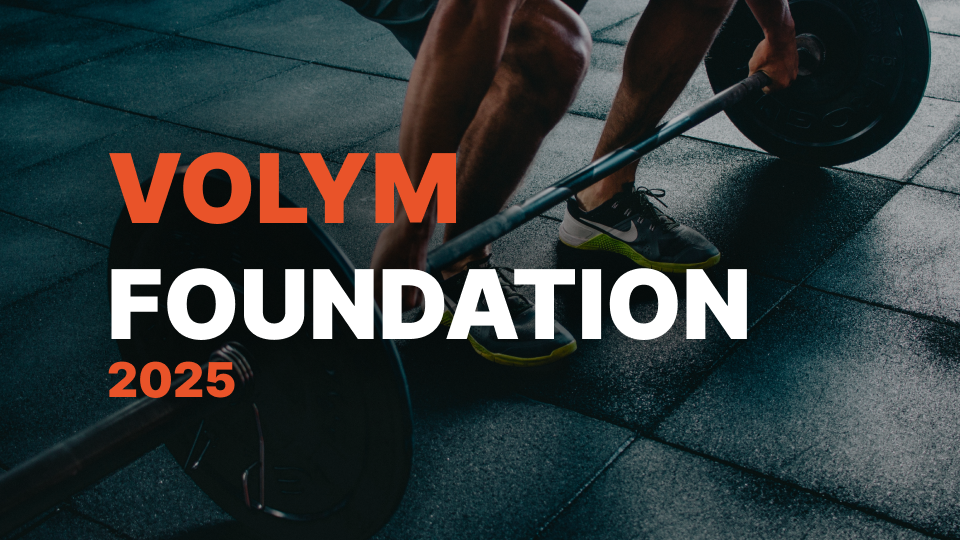Introduction
The hack squat is a machine-based lower body exercise primarily focusing on the quadriceps and gluteus muscles. It offers an alternative to traditional squats by reducing strain on the lower back due to the fixed motion path. This exercise is particularly beneficial for individuals seeking to build lower body strength, enhance leg definition, and improve overall stability in their fitness routines. Its effectiveness lies in its controlled movement and ability to target specific muscle groups effectively.
Muscles Worked
- Primary: Quadriceps (Rectus Femoris, Vastus Lateralis, Vastus Medialis, and Vastus Intermedius), Gluteus Muscles (Gluteus Maximus, Gluteus Medius, and Gluteus Minimus)
- Secondary: Hamstrings (Biceps Femoris, Semitendinosus, and Semimembranosus), Calves (Gastrocnemius and Soleus), Adductors (Gracilis, Pectineus, Adductor Brevis, Adductor Longus, Adductor Magnus)
How to Do It (Step-by-Step)
- Stand with feet hip-width apart, place a barbell behind your heels, bend down and grip the barbell at shoulder width.
- Push your hips back, bend your knees, and lower your body by squatting down until your thighs are parallel to the floor.
- Keep your head in line with your spine, core tight, chest up, and back flat; push through your heels to return to a standing position.
Tip: Maintain a neutral spine throughout the movement to avoid lower back strain.
Rep & Rest Guidelines
- Strength: 4–6 reps, 2–3 min rest
- Hypertrophy: 8–12 reps, 60–90 sec rest
- Endurance: 12–20 reps, 30–60 sec rest
Use Auto Progression for hassle-free adjustment of weights based on your progress Auto Progression
Set your workout timer with the Rest Timer feature to keep track of your rest periods Rest Timer
Form Tips
- Maintain an upright torso position with a slight forward lean. This ensures the weight is distributed evenly and reduces stress on the lower back.
- Position your feet hip-width apart, slightly turned out, and directly under the hips. This stance provides stability during the squat and helps engage the glutes and thigh muscles effectively.
- Keep your knees behind your toes throughout the movement. This prevents excessive knee strain and ensures that you are using the proper muscle groups for the exercise.
When to Use It
- Building lower body strength and power for sports like soccer or basketball
- Targeting the quadriceps muscles specifically in a leg workout routine
- Rehabilitating or strengthening the knees after an injury
For a comprehensive record of your workouts, check out Workout History
The hack squat primarily targets the quadriceps, glutes, and hamstrings.
A hack squat has a fixed foot placement, reducing quad activation compared to a traditional squat which allows for more hip movement.
You'll typically need a hack squat machine or an alternative like a Smith Machine with a pad.
Yes, hack squats can be performed with free weights (such as dumbbells), though it is more common to use weighted plates on the machine.
No, neither exercise is inherently superior. Both have their unique benefits and should be included in a well-rounded workout routine.


